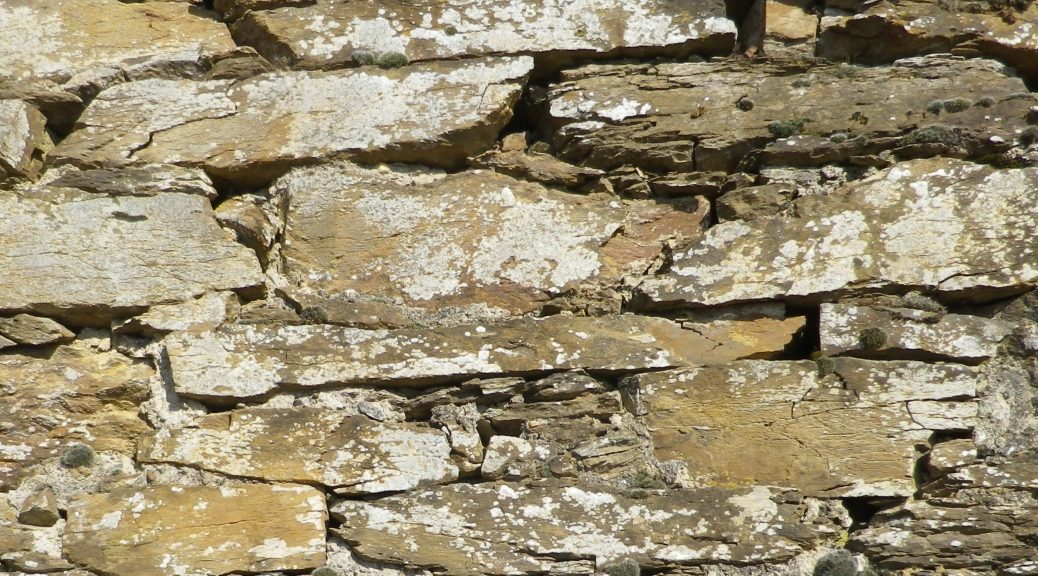What I Learned:
Germany’s important (and oldest) wine-producing Moselle River region has three wine districts along it – the Upper, Middle and Lower – beginning at the French-Luxembourg border, and continuing to Koblenz downriver. This post focuses on the Lower Moselle (Untermosel), also known as the Terraced Moselle (Terrassenmosel).
This district, north of Zell (with the famous black cat emblem), past Cochem and its imposing Reichsburg Castle, to the river junction at Koblenz with the Rhine, boasts some of the steepest vineyards in the world. It is home to the Calmont in Bremm, which has almost a 65-degree incline! Hence the need for the narrow terraces which dominate the landscape in the vine-bearing cliffs and steep hillsides of this district. In the village of Hatzenport, three named vineyard areas, the Kirchberg, the Stolzenberg and the Burg Bischofstein, are among some of the steepest vineyards in the district.
The geology here is primarily one of slate, a sedimentary stratum subjected to great heat and pressure. (The Eifel area on the west side of the river had a long volcanic period.) The slate cliffs and outcroppings help capture the sun’s heat in this northern-most section of the Moselle. Additionally, the composition of slate itself helps prevent too much rain in this often rainy area from reaching the vines’ roots. Finally, a fair amount of minerality passes from the slate soils to the grapes, hence to the wine.
By necessity mostly all worked by hand, the resulting wines generally are more expensive than other regional wines. But they represent some of the most flavorful and most complex German Riesling wines, and can be an excellent value.
What I Tasted: (Hatzenport only)
2016 Riesling Ars Vivendi, Hochgewaechs, QbA, Trocken, Weinhaus Anton H. Ibald: A dry white wine with light plus gold color; very fruity nose, with luscious peach, pear flavors, with a hint of green apple; medium minus acidity, with a smooth, tart green apple finish.
2016 Riesling, Hatzenporter Kirchberg, Deutsche Qualitaetswein, Trocken, Winzerhof Gietzen: A dry white wine with light gold color; green apple and citrus nose and flavors, smooth finish with medium acidity.
2015 Spaetburgunder, Blanc de Noir, QbA, Trocken, Weinhaus Anton H. Ibald: A dry red wine vinified white with medium gold color; neutral nose, with cherry and slight oak flavors; a surprisingly tart finish; unusual for this district in many respects.
2015 Riesling, Elatus Mons, Hatzenporter Stolzenberg, Trocken, Deutscher Qualitaetswein, Winzerhof Gietzen: A dry white wine with medium plus gold color; a papaya and slight ripe pineapple and vanilla nose, with roasted pineapple and vanilla, high acidity.
